If you’re managing a WordPress site, one of the first things you need to know is how to log in to your WordPress website admin panel. Whether you’re a beginner or just need a refresher, this step-by-step guide will help you get into your dashboard quickly and easily.
Step 1: Open Your Web Browser
Start by opening your preferred web browser (like Chrome, Firefox, or Safari). In the address bar, type your website’s URL followed by either:
/wp-admin/wp-login.php
For example:
yourdomain.com/wp-adminThis will redirect you to the WordPress login page.
Step 2: Enter Your Username and Password
You’ll now see the WordPress login screen. It has two fields:
- Username or Email Address
- Password
Enter the credentials you used when you set up your WordPress site.
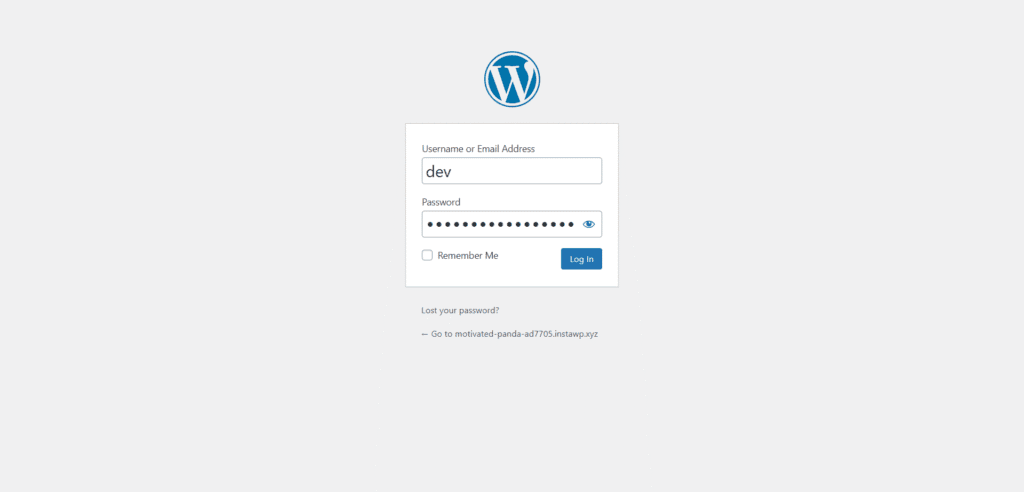
Step 3: Click the “Log In” Button
After entering your login details, click the Log In button.
If everything is correct, you’ll be redirected to the WordPress dashboard, also known as the admin panel. This is where you manage your site, create posts, and customize themes.
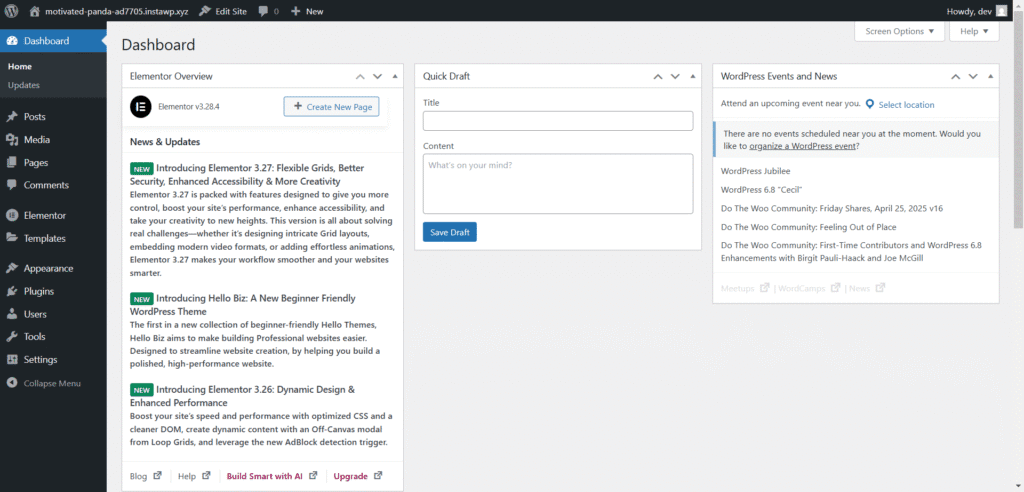
Step 4: What to Do If You Forgot Your Password
Can’t remember your password? No problem.
On the login screen, click the “Lost your password?” link. You’ll be asked to enter your username or email. WordPress will then send a reset link to your email inbox.
Click the link in the email, create a new password, and return to the login page to try again.
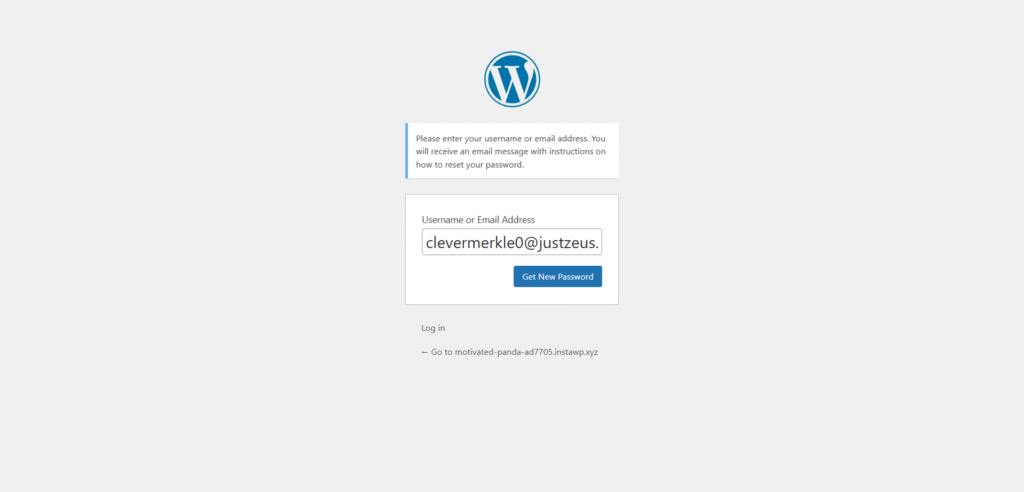
Optional: Bookmark Your Admin Login Page
To save time in the future, bookmark the admin login page in your browser. This way, you don’t need to remember the exact URL every time.
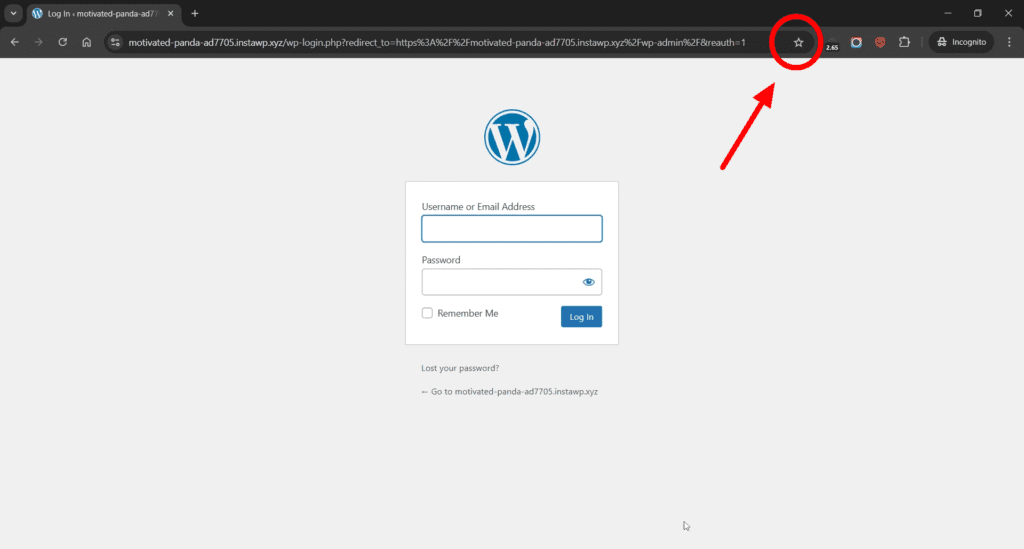
Quick Tips for Logging In
- Use a strong, unique password for better security.
- Avoid using “admin” as your username.
- Enable two-factor authentication with a plugin if possible.
- Use a password manager to store your credentials securely.
Conclusion
Now you know how to log in to your WordPress website admin panel without confusion. Just remember:
- Go to yourdomain.com/wp-admin
- Enter your credentials
- Use the password recovery feature if needed
- Bookmark the login page
This is your starting point for managing everything in WordPress—from content to design and plugins.


